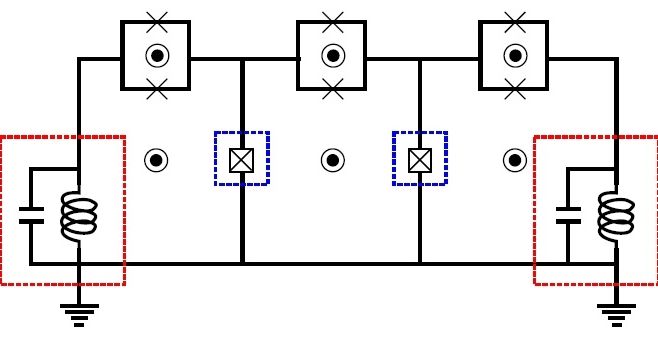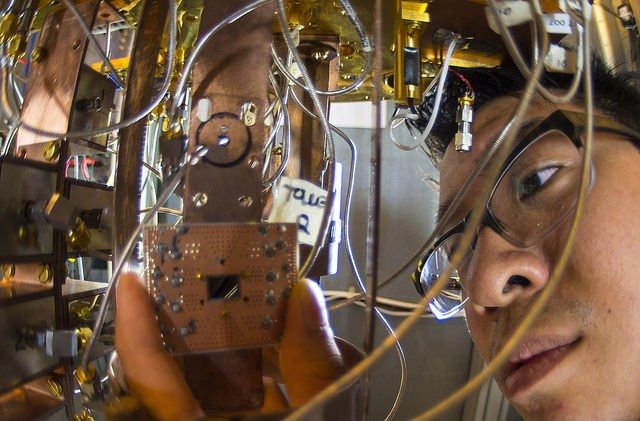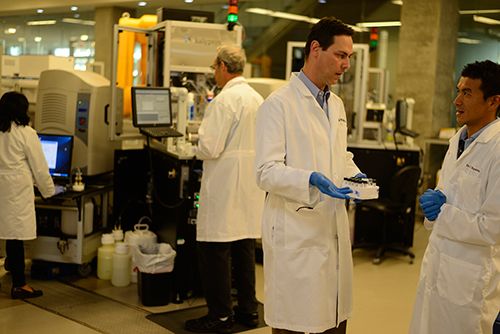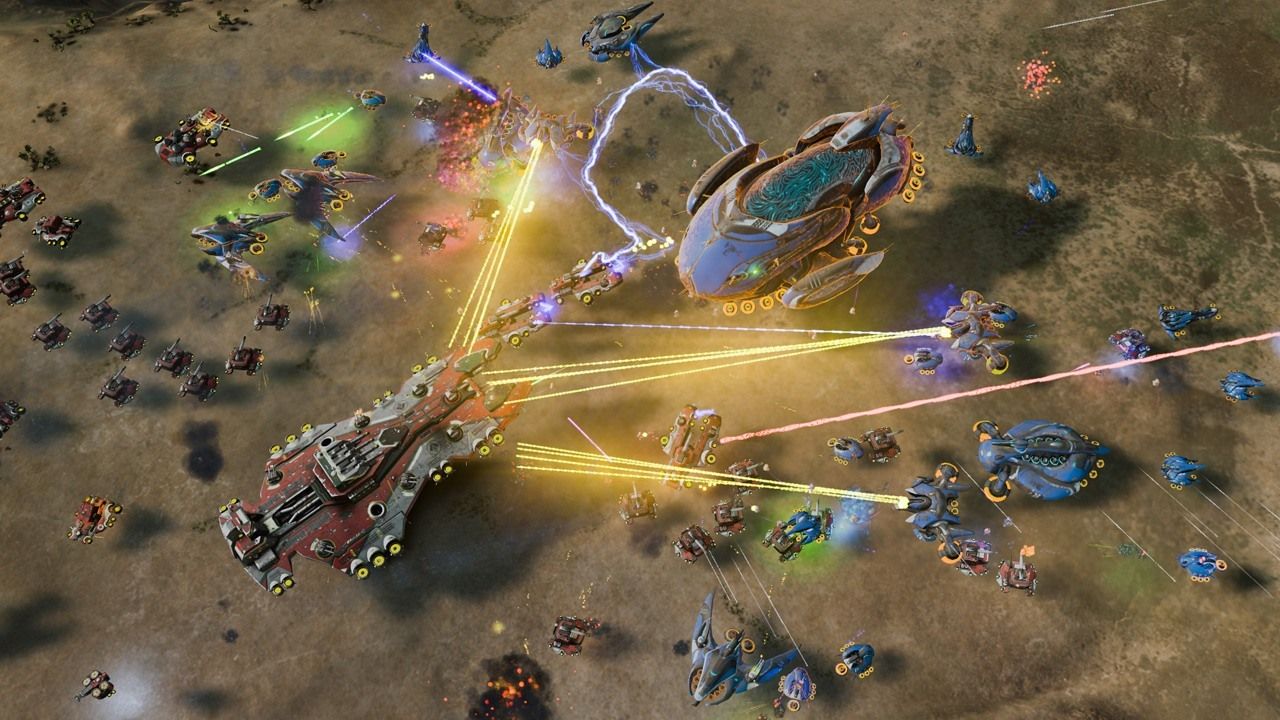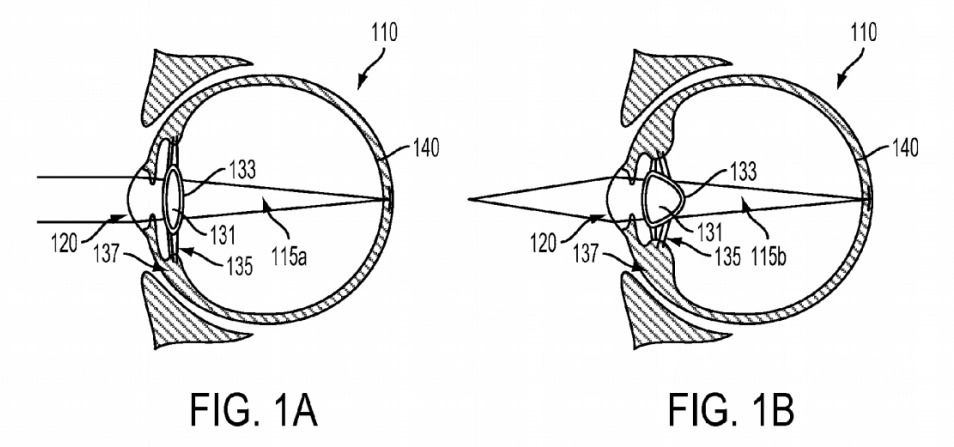Page 10936
Apr 29, 2016
Autonomous quantum error correction method greatly increases qubit coherence times
Posted by Karen Hurst in categories: computing, quantum physics, robotics/AI
Closing the instability gap.
(Phys.org)—It might be said that the most difficult part of building a quantum computer is not figuring out how to make it compute, but rather finding a way to deal with all of the errors that it inevitably makes. Errors arise because of the constant interaction between the qubits and their environment, which can result in photon loss, which in turn causes the qubits to randomly flip to an incorrect state.
In order to flip the qubits back to their correct states, physicists have been developing an assortment of quantum error correction techniques. Most of them work by repeatedly making measurements on the system to detect errors and then correct the errors before they can proliferate. These approaches typically have a very large overhead, where a large portion of the computing power goes to correcting errors.
Apr 29, 2016
NIST aiming for quantum-proof crypto
Posted by Karen Hurst in categories: cybercrime/malcode, information science, quantum physics
Due to the pace of Quantum Computing is developing; NIST is rushing to create a Quantum proof cryptographic algorithms to prevent QC hacking. Like I have stated, I believe we’re now less that 7 years away for QC being in many mainstream devices, infrastructure, etc. And, China and it’s partnership with Australia; the race is now on and hotter than ever.
The National Institute for Standards and Technology has begun to look into quantum cybersecurity, according to a new report that details and plans out ways scientists could protect these futuristic computers.
April 29, 2016.
Apr 29, 2016
Futuristic ‘post-quantum’ cryptography is subject of UWT symposium
Posted by Karen Hurst in categories: cybercrime/malcode, encryption, information science, quantum physics, supercomputing
Post-quantum cryptography discussion in Tacoma WA on May 5th discussing hacking by QC hackers and leveraging Cryptography algorithms to offset the attacks; may be of interest to sit in and even join in the debates. I will try attend if I can because it would be interesting to see the arguments raised and see the responses.
The University of Washington Tacoma Institute of Technology will present a discussion about the esoteric field of post-quantum cryptography at the Northwest Cybersecurity Symposium on May 5.
“I’ve been researching post-quantum cryptography for years, finding ways to protect against a threat that doesn’t yet exist,” said Anderson Nascimento, assistant professor of computer science at the institute, in a release.
Continue reading “Futuristic ‘post-quantum’ cryptography is subject of UWT symposium” »
Apr 29, 2016
AI, Bioenhancement, and the Singularity
Posted by Karen Hurst in categories: biotech/medical, Ray Kurzweil, robotics/AI, singularity
A beautiful story about Ray Kurzweil and Bill Joy meeting and discussing Singularity many years ago.
There may be such a thing as a social fabric, or just a tapestry of individual interactions. Either way, we should worry about biotech-super-charged transhumanism, which is on a tear.
Apr 29, 2016
Laws for Mobility, IoT, Artificial Intelligence
Posted by Karen Hurst in categories: bioengineering, business, economics, robotics/AI
Excellent read and a true point about the need for some additional data laws with our ever exploding information overload world.
Laws for Mobility, IoT, Artificial Intelligence and Intelligent Process Automation
If you are the VP of Sales, it is quite likely you want and need to know up to date sales numbers, pipeline status and forecasts. If you are meeting with a prospect to close a deal, it is quite likely that having up to date business intelligence and CRM information would be useful. Likewise traveling to a remote job site to check on the progress of an engineering project is also an obvious trigger that you will need the latest project information. Developing solutions integrated with mobile applications that can anticipate your needs based upon your Code Halo data, the information that surrounds people, organizations, projects, activities and devices, and acting upon it automatically is where a large amount of productivity gains will be found in the future.
Continue reading “Laws for Mobility, IoT, Artificial Intelligence” »

Click on photo to start video.
This invention has the potential to provide clean water, electricity, and internet access to millions of people in need.
Apr 29, 2016
Google Filed Patent For Injecting A Device Directly Into Your Eyeball To Improve Vision
Posted by Klaus Baldauf in category: futurism
Google has had a penchant for far out tech that never reaches the market. Here’s the latest.
Apr 29, 2016
This Bendable Smartphone Has A Screen Made of Graphene
Posted by Klaus Baldauf in categories: materials, mobile phones
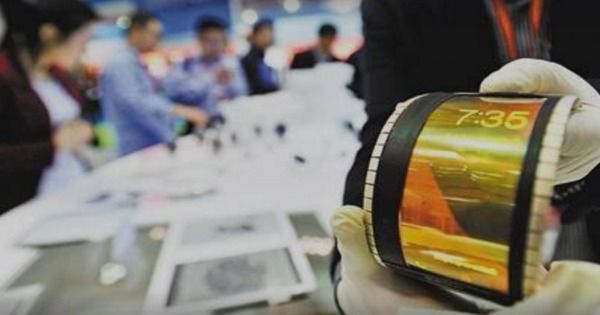
A video of a fully bendable smartphone with a graphene touch display debuts at a Chinese trade show.
A Chinese company just showed off a fully bendable smartphone with a graphene screen during a trade show at Nanping International Conventional Center in Chongqing. Videos of the incredibly flexible phone are making the rounds, and no wonder, as it looks rather impressive.
Continue reading “This Bendable Smartphone Has A Screen Made of Graphene” »

